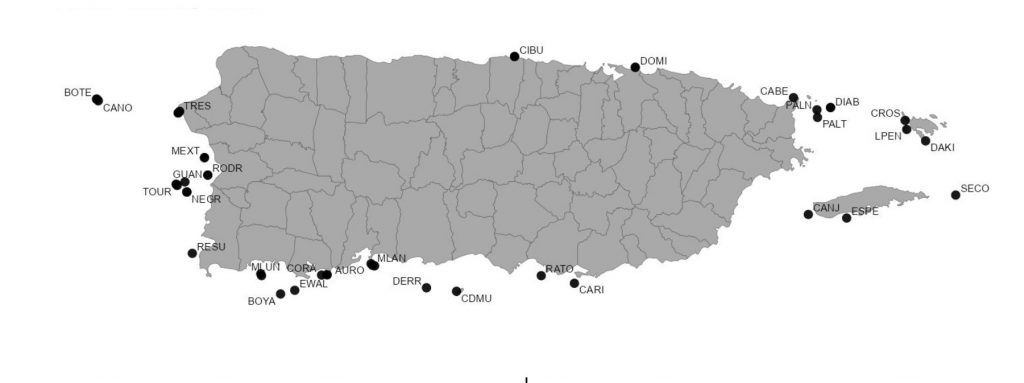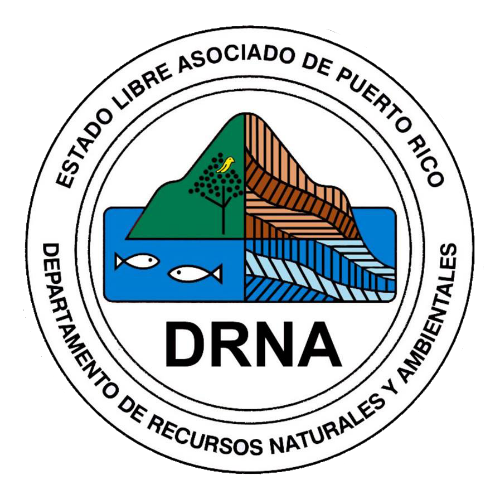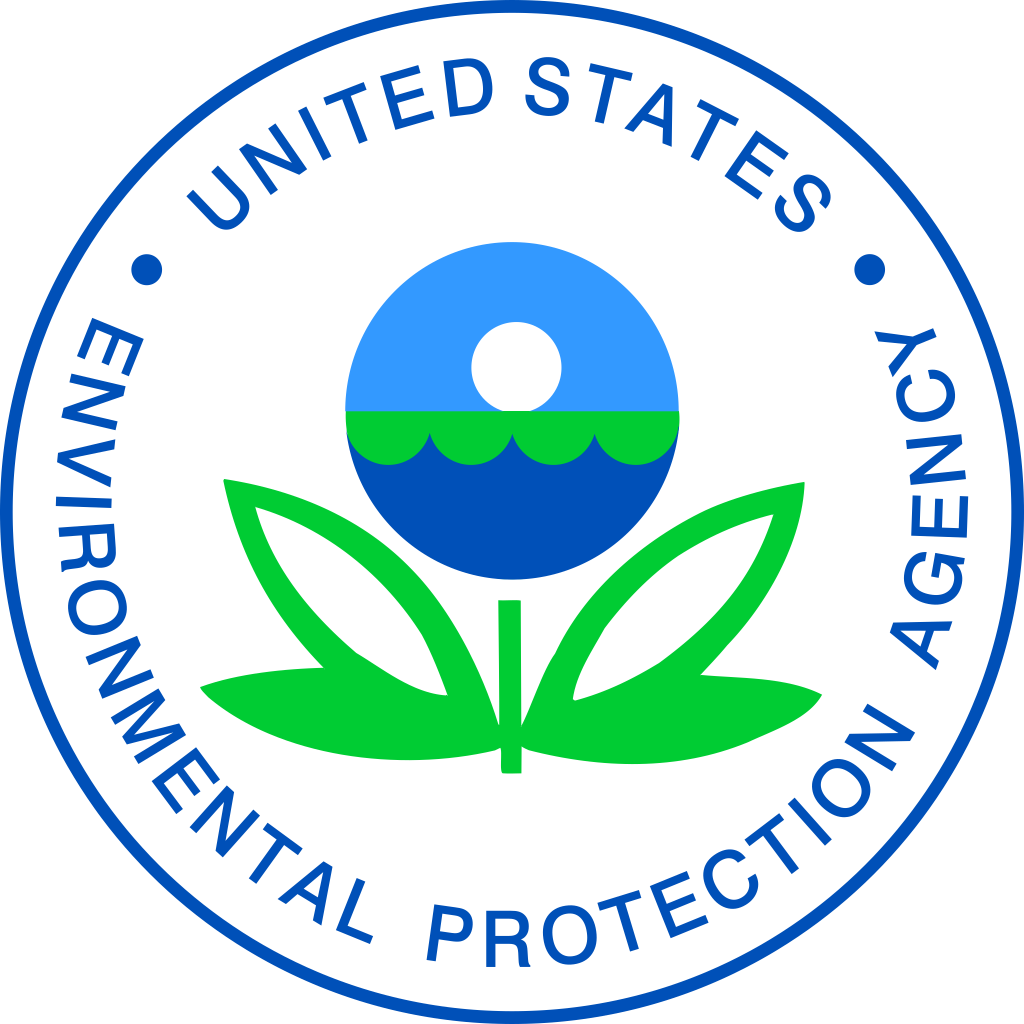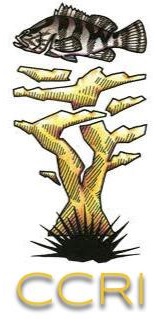Index
Background
In 1999 the DNER established the Puerto Rico Coral Reef Monitoring Program (PRCRMP) for shallow coral reefs areas (less than or equal to 30 meters) with the following objectives:

- Know the conditions of coral reef species with ecological and economic importance.
- Identify trends in reef communities in response to environmental and human pressures.
- Determine the most effective management strategies for reef protection.
This project aims to expand PRCRMP’s effort by:
- Quarterly, for two consecutive years, measuring 16 water quality parameters (table 1) in the 42 PRCRMP sites (figure 2),
- calculate the seawater chemistry BCG level at those sites
- use this data to support management in coral reef sites.
In accordance with the guidance of the U.S. Environmental Protection Agency (EPA 2002, 2013) and in support of the U.S. Clean Water Act and biocriteria, CCRI and DNER developed a two-year monitoring program for seawater chemistry, benthic communities, and fish assemblages. The data from this project will be used to feed the Biological Condition Gradient (BCG) model in order to assess the biological condition at the study sites; helping us improve management decisions regarding coral reef habitats and seawater quality.
We are also collaborating to create a BCG shiny app, which would allow us to upload data on corals, reef fish, and water quality parameters to calculate the BCG and create a map that showcases the BCG results for each location. The application is publicly available but is currently working only with coral assemblage data collected using Line-Point-Intercept (LPI) and benthic demographic (DEMO) methods.
This project is currently administered and conducted by the Caribbean Coral Reef Institute (CCRI) from University of Puerto Rico at Mayaguez (UPRM). The funding provided has allowed us to build the first seawater quality monitoring laboratory from a public institution in Puerto Rico and is located at UPRM’s Isla Magueyes Marine Laboratory in La Parguera, Lajas P.R. The Water Quality Laboratory became fully functional on May 2023.
For more details, access our Quality Assurance Project Plan (QAPP) or Standard Operating Procedures (SOPs).
Water quality parameters to be studied
Table 1. Summary table of parameters, certified method (SM = Standard Method, EPA = United States Environmental Protection Agency), depth of measurement (surface or bottom), maximum holding time, and established accuracy and precision. Click on any parameter to access a PDF document of our Standard Operating Procedures (SOP).
| Parameter | Method | Depth of Measurement | Holding Time (hr) | Accuracy | Precision |
| Temperature (°C) | SM 2550 B | S+B | N/A | ± 0.1 | <20% |
| Salinity (psu) | SM 2520 B | S+B | N/A | ± 0.50 | <20% |
| DO (mg/L) | SM 4500-O H | S+B | N/A | ± 0.2 | <20% |
| pH | EPA 150.2 | S+B | N/A | ± 0.002 | <10% |
| Secchi Depth (m) | Secchi Disk | N/A | N/A | ± 20% | <20% |
| BOD (mg/L) | SM 5210 B | S+B | 48 | ± 0.2 | <20% |
| TA (µmol/kg) | Dickson et al., 2007 | S+B | 672 | ± 3 | <20% |
| DIC (µmol/kg) | Dickson et al., 2007 | S+B | 672 | ± 3 | <20% |
| Chlorophyll-a (µg/L) | SM 10200 H | B | 24 | N/A | <20% |
| Enterococcus (MPN) | SM 9230 B/C/D | B | < 6 | N/A | <60% |
| Turbidity (NTU) | EPA 180.1 | B | 48 | ± 20% | <20% |
| Settleable Solids (mg/L) | SM 2540-F | B | 48 | ±20% | <20% |
| TSS (mg/L) | SM 2540-D | B | 48 | ± 5 | <20% |
| TP (mg/L) | EPA 365.4 | B | 672 | ± 0.05 | <20% |
| TKN (mg/L) | EPA 351.21 | B | 672 | ± 0.5 | <20% |
| Nitrate + Nitrite (mg/L) | EPA 353.2 | B | 672 | ± 0.05 | <20% |
Study sites

Meet our team!

UPRM – CCRI – Department of Marine Sciences
- Juan Jose Cruz-Motta, Ph.D. – Project coordinator
- Travis Courtney, Ph.D. – Chemistry lab director
- Ernesto Weil, Ph.D. – Coral Expert
- Martha Ricaurte, Ph.D. – Chemistry lab manager
- Carla L. Mejias, MSEM – Ph.D. student – Chemistry lab assistant
- Manuel A. Nieves-Ortiz, M.Sc. – Project manager
Department of Natural and Environmental Resources (DNER)

- Eng. Angel Melendez Aguilar
- Wanda Garcia Hernandez – WQA Sub-Manager
- Annette Feliberty Ruiz
- Angela Garcia Fernandez – Project Manager
- Maria Vega-Rodriguez, Ph.D. – Project Manager
- Frances M. Segarra Román – Quality Assurance Manager
U.S. Environmental Protection Agency (EPA)
- Izabela Wojtenko
- Carol Lynes – USEPA Quality Assurance Officer
Subcontracted personnel
- Patricia Bradley – BCG Model Developer
References
- Bilotta G.S., Brazier R.E. (2008) Understanding the influence of suspended solids on water quality and aquatic biota. Water Research 42: 2849-2861
- Environmental Protection Agency (EPA 2016) A practitioner’s guide to the Biological Condition Gradient: a framework to describe incremental change in aquatic ecosystems. Fact Sheet for Water Quality Managers. EPA/822F-16/002 February 2016. pp. 2.
- Environmental Protection Agency (n.d.) Indicators used in the National Aquatic Resource Surveys. EPA National Aquatic Resource Surveys. Accessed on: Jan 3rd, 2023
- EPA & NOAA (2023) Web based application to calculate the Biological Condition Gradient (BCG) for Puerto Rico and U.S. Virgin Islands Coral Reefs. Developed by: Edlin Guerrera Castro and Arturo Sánchez Porras. Shiny and R hosted at Shinyapps.io. Developed in github.
- Hassan-Omer N. (2020) Water Quality – Science, Assessments and Policy. Summers K. Ed. EBOOK (PDF) ISBN 978-1-83968-392-3
- Nieves Ortiz, M.A. et al. (2023) Poster presentation: Monitoring seawater chemistry, benthic communities, and fish assemblages to assess the health of coral reefs in Puerto Rico. AECiMa Marine Science Symposium 2023 – March 4th.
